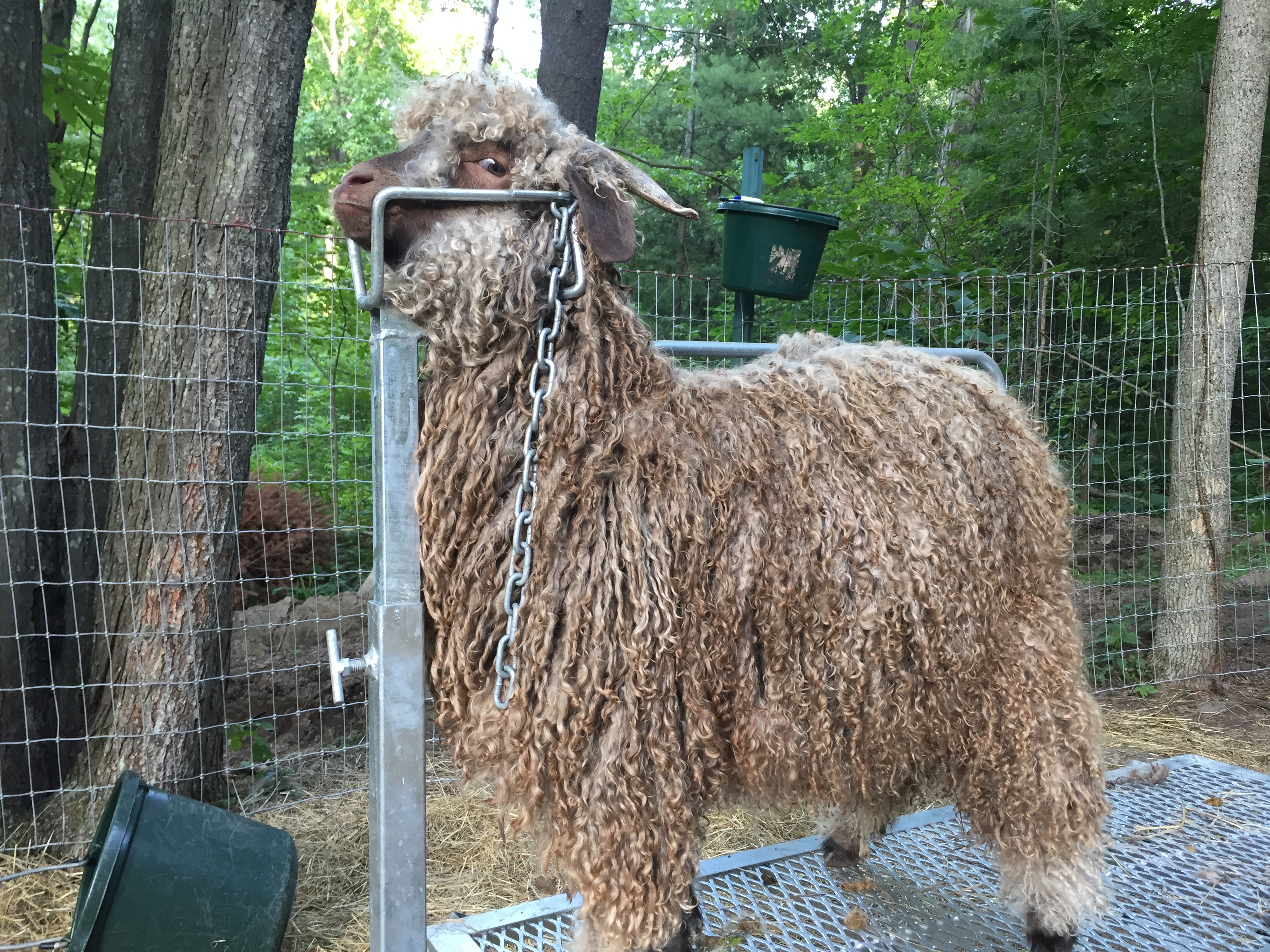

The Angora goat is thought to originate from the mountains of Tibet, reaching Turkey in the 16th century. Mohair is one of the oldest textile fibers in use. Due to animal cruelty in the South African farms, Zara, H&M, Gap, Topshop, Lacoste, and many more will no longer sell mohair clothing. South Africa is the world's largest mohair producer as of 2013, supplying around 50% of the total world production. The Angora goat is a single-coat breed, and unlike pygora or cashmere, there is no need to dehair a mohair fleece to separate the coarse hair from the down hair. The hair is then processed to remove natural grease, dirt and vegetable matter.
ANGORA GOAT HIDE FREE
Shearing is done on a cleanly-swept floor and extra care is taken to keep the hair clean and free of debris. One goat will produce 11 to 17 pounds (5–8 kg) of mohair a year. Shearing is done twice a year, in the spring and in the fall. Production Mohair is vital to the economy of the Texas Hill Country, including the Real County community of Camp Wood. In this instance, mohair refers to a form of denim-like canvas. The term mohair is sometimes used to describe a type of material used for the folding roof on convertible cars. Finer, softer hair from younger animals is used (for example) in scarves and shawls the thicker, coarser hair from older animals is more often used for carpets and in heavy fabrics intended for outerwear. It increases in diameter with the age of the goat, growing along with the animal. Mohair fiber is approximately 25–45 microns in diameter. Thus, mohair does not feel the same way common or standard wool does. While it has scales like wool, the scales are not fully developed, merely indicated.
ANGORA GOAT HIDE SKIN
Mohair is composed mostly of keratin, a protein found in the hair, wool, horns and skin of all mammals, but mohair's special properties are unique to the Angora goat. It is considered a luxury fiber, like cashmere, angora, and silk, and can be more expensive than most sheep's wool. It is durable, naturally elastic, flame-resistant and crease-resistant. It feels warm in winter as it has excellent insulating properties, while its moisture-wicking properties allow it to remain cool in summer. (This should not be confused with Angora wool, which is made from the fur of the Angora rabbit.) Both durable and resilient, mohair is notable for its high luster and sheen, and is often used in fiber blends to add these qualities to a textile. Mohair (pronounced / ˈ m oʊ h ɛər/) is a fabric or yarn made from the hair of the Angora goat. Look up mohair in Wiktionary, the free dictionary.


 0 kommentar(er)
0 kommentar(er)
